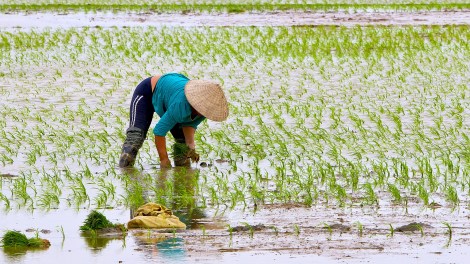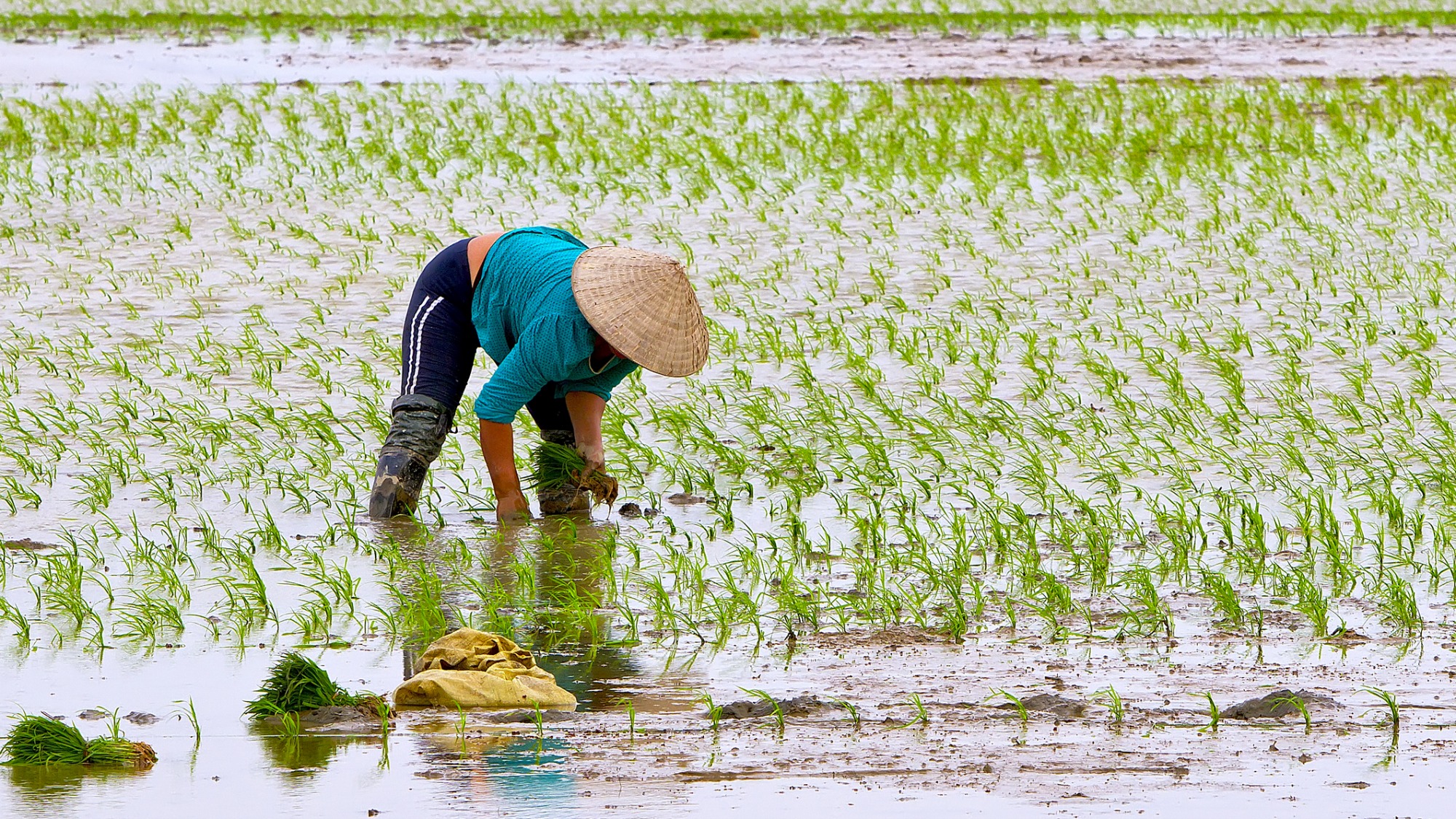
ShutterstockThis worked better in the olden days when fish hung out here too.
Remember those things humans did for thousands of years to feed themselves before we came up with all kinds of newfangled methods? We might want to go back to doing those old-school things.
The United Nations recently formed the Intergovernmental Platform on Biodiversity and Ecosystem Services, a 115-country group that’s trying to bring down skyrocketing rates of species extinction. During meetings in Turkey this week, the group is discussing a strategy that it thinks could help protect biodiversity: a return to indigenous systems of farming and managing land.
One example of a traditional farming technique that the group hopes to resuscitate: the ancient Chinese practice of rearing fish in rice paddies. Adding fish to a paddy helps manage insect pests without the need for pesticides, provides natural fertilizer for the crop, feeds birds and other wildlife, and produces a sustainable meat supply for farming families.
Other examples mentioned by the group include fishing restrictions imposed by Pacific Island communities and traditional crop rotations practiced everywhere from Tanzania to Thailand.
“Indigenous and local knowledge … has played a key role in arresting biodiversity loss and conserving biodiversity,” the group’s chair, Zakri Abdul Hamid, told Reuters.
Traditional farming techniques can also help to reduce greenhouse gas emissions. That’s why IPBES officials are hopeful that efforts to resurrect them will be kick-started with the assistance of funds from the sale of carbon credits.




